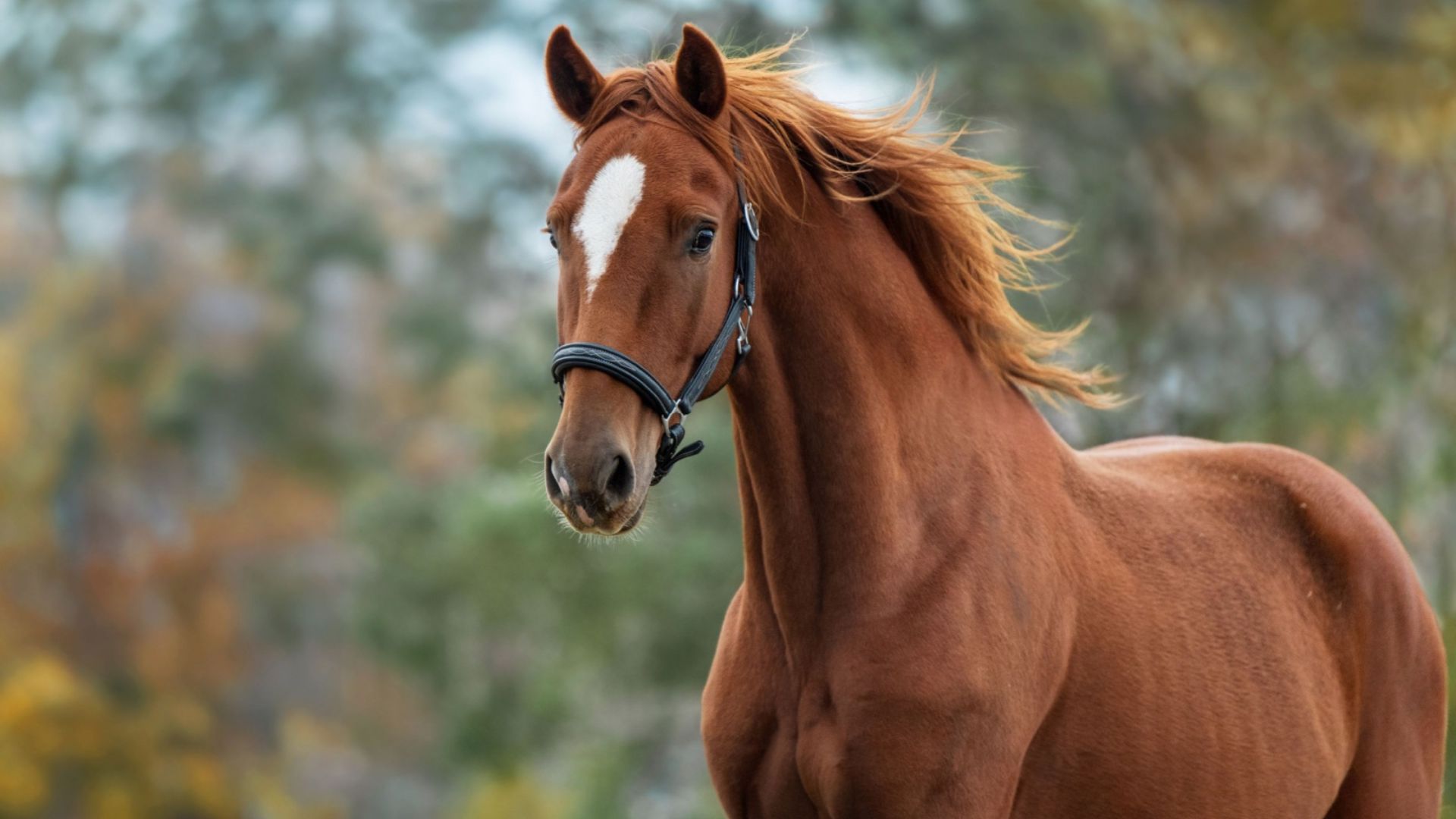Have you ever wandered into a barn or hung out with equestrians, and felt like they were speaking an entirely different language? One minute they’re talking about a horse’s “withers,” the next they’re mentioning a “green” rider or grabbing something from the “tack room.”
If you’ve found yourself nodding along with a smile while secretly wondering, “What are they even saying?” you’re not alone! The equestrian world is full of unique terms and slang that can leave even the most enthusiastic newcomers scratching their heads.
But here’s the thing: understanding horse lingo is about feeling connected to the equestrian lifestyle! Whether you’re a first-time rider, an aspiring horse owner, or someone who just loves being around horseys, learning the language will help!
That’s why lists like these exist! I’ve prepared a set of essential horse terms, which will give you a solid foundation to build on. By the end, you won’t just know what a “girth” is or why someone calls a horse “green”, you’ll feel like you’re part of the club!
Saddle up, grab the reins, and let’s dive into the terms and phrases every equestrian needs to know. This guide will have you talking horse like a pro in no time!
1. Gelding
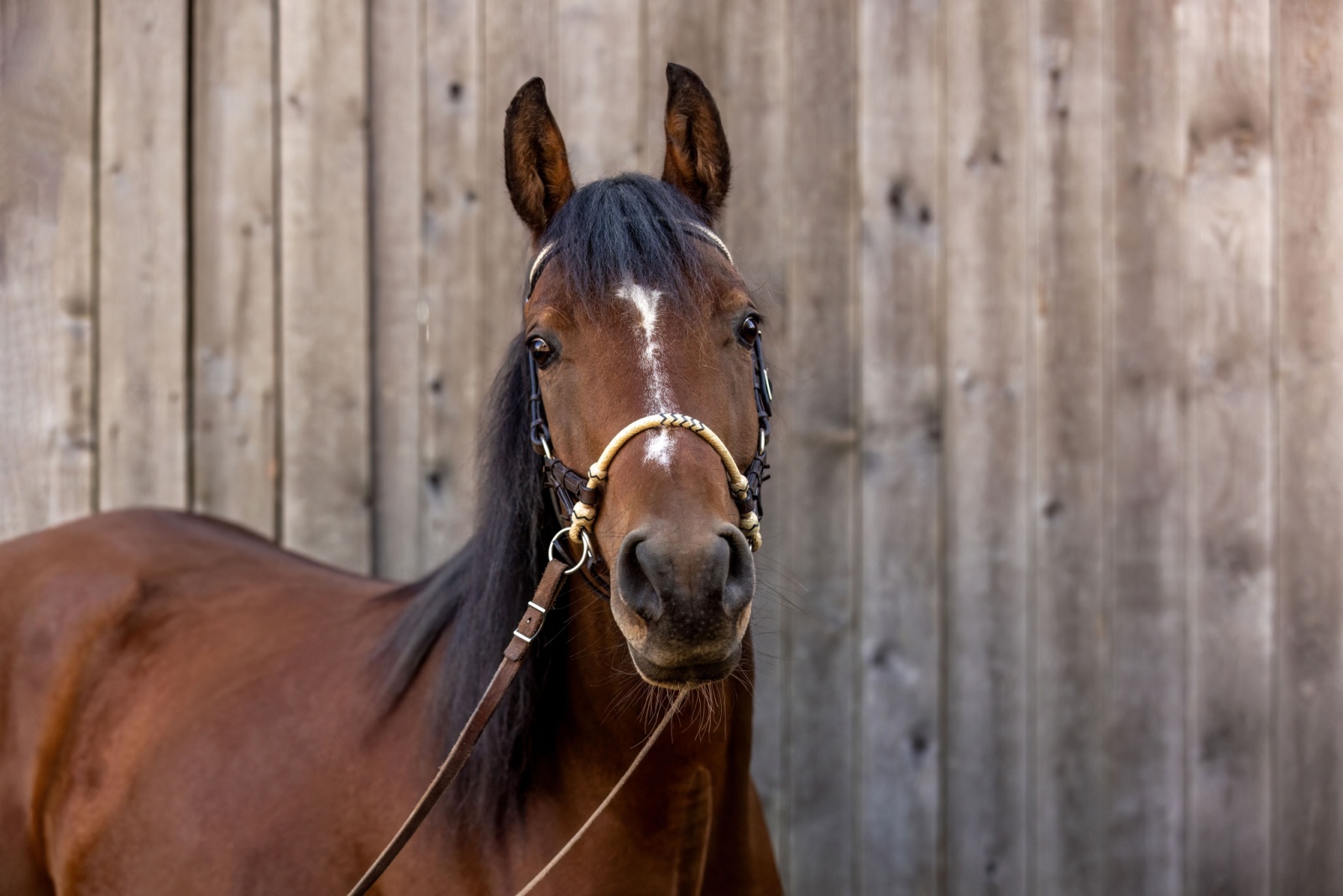
Geldings are calm and collected gentlemen! The word ‘gelding’ refers to a male horse which has been castrated. In this case, it’s a procedure that helps to mellow their temperament and make them much easier to handle.
Imagine a steady, dependable friend who is always up for an adventure and never gets too riled up – that’s your typical gelding. They’re perfect for beginners or anyone who values reliability in their equine partner.
Whatever your needs may be, a gelding’s even-keeled personality makes every ride a delight. It’s no wonder they’re often considered the heart and soul of riding schools and therapy programs!
2. Mare
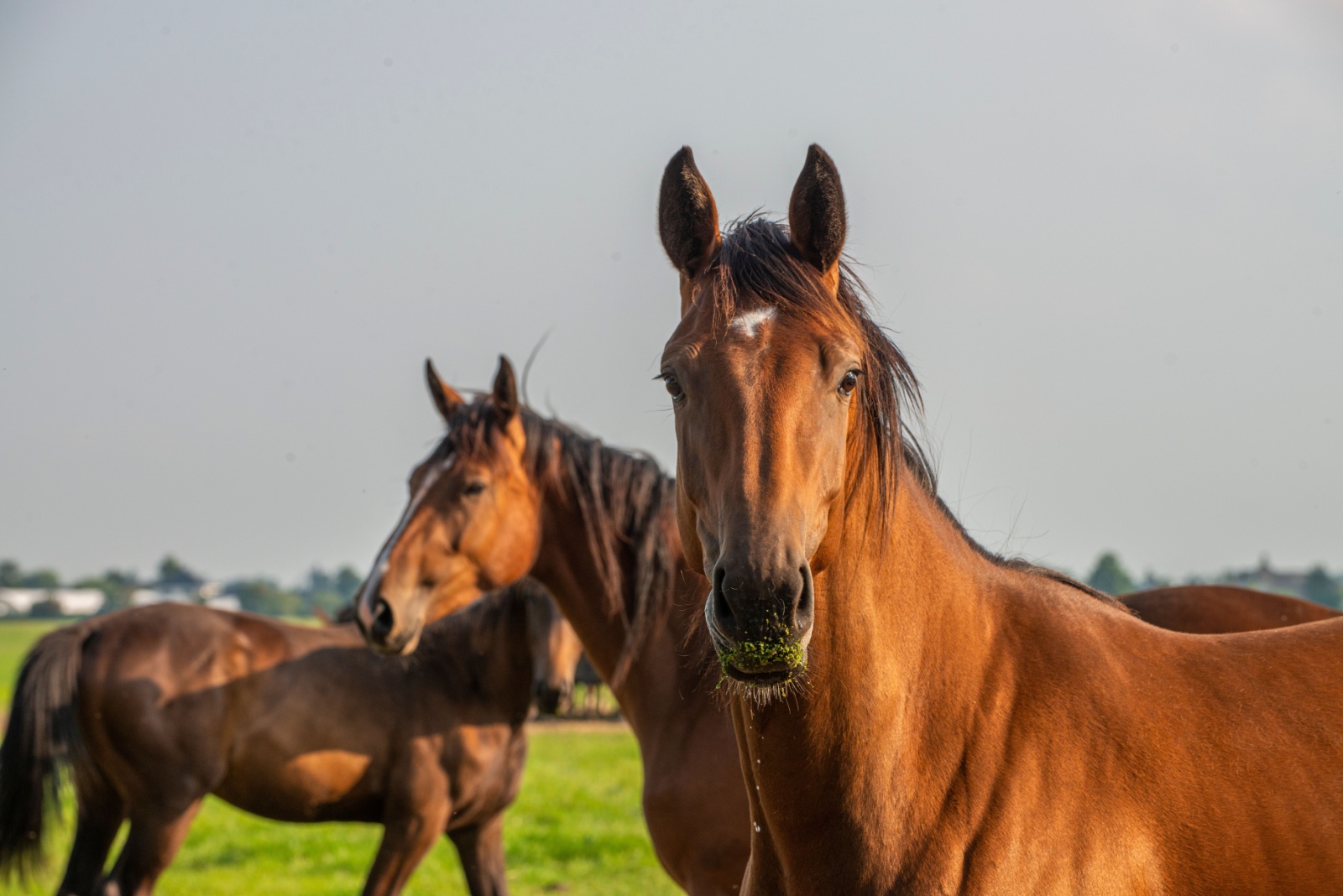
Mares are regal, intelligent, and full of spirit! They are adult female horses are known for their strong personalities and remarkable ability to form deep, lasting bonds with their riders.
Yes, they can be opinionated at times, but that’s part of their charm. A mare’s loyalty and dedication are unmatched once you’ve earned her trust. Think of her as the overachiever!
Besides, they are always ready to give her best effort whether she’s competing in dressage, galloping across a trail, or working on the ranch. Our queen horses are quick learners who can tackle any challenge head-on!
Sure, a mare might occasionally let you know her preferences (and she definitely has them), but that’s just her way of keeping things interesting!
3. Stallion
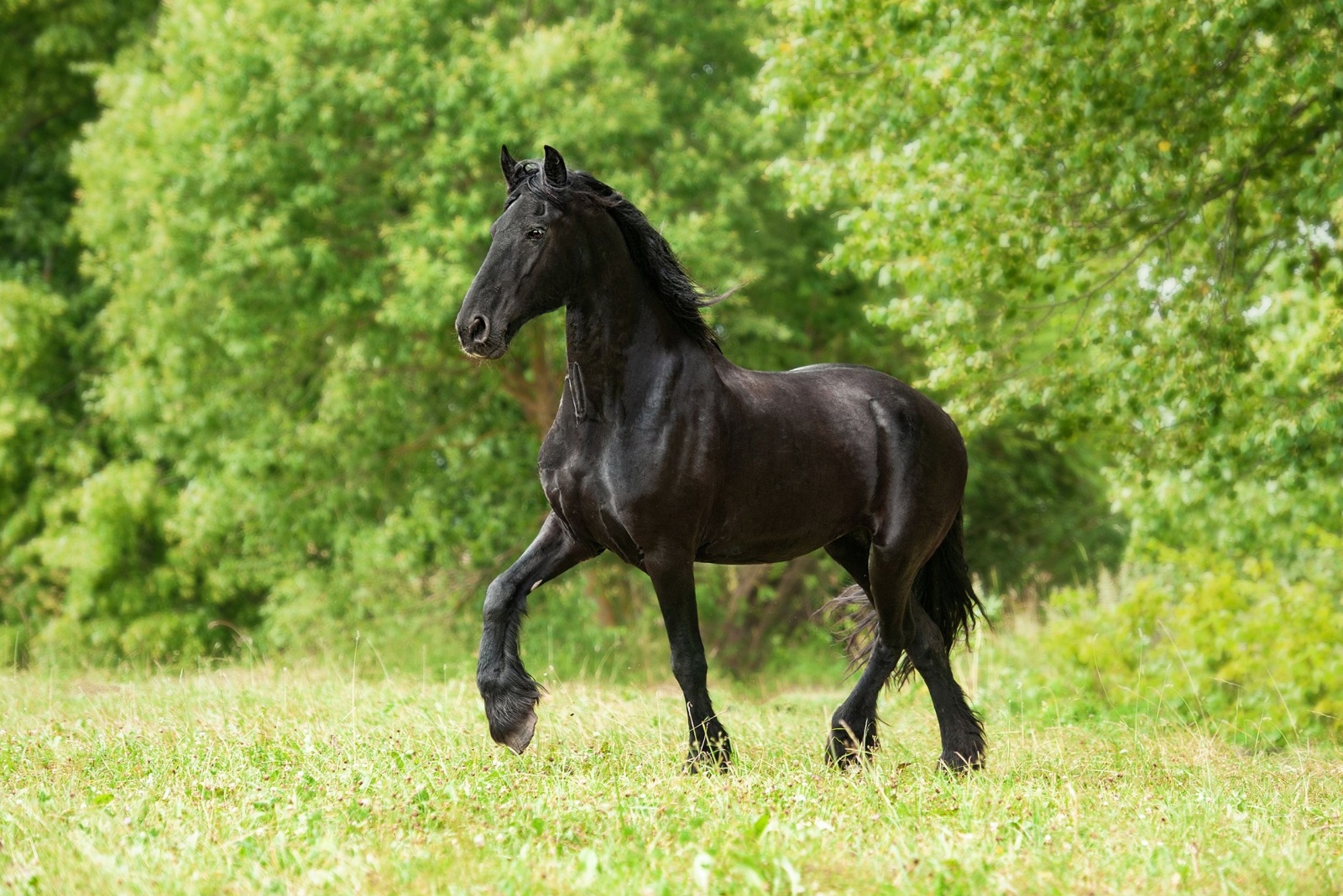
Stallions are intact male horses, and trust me, they are rock stars of the horse world with their oozing power and just a tad bit of unpredictability. They grab attention wherever they go thanks to their commanding presence and fiery spirit!
Often used for breeding, stallions pass on their desirable traits, ensuring that their legacy persists! But don’t be fooled by their striking looks and undeniable charm; stallions demand experienced handling and an abundance of respect.
Their spirited nature requires firm, consistent training to harness all that energy! When trained well, though, they become an quite the force to be reckoned with.
Watching a stallion perform is nothing short of breathtaking! As you can tell, it’s super important to know what a stallion is!
4. Tack
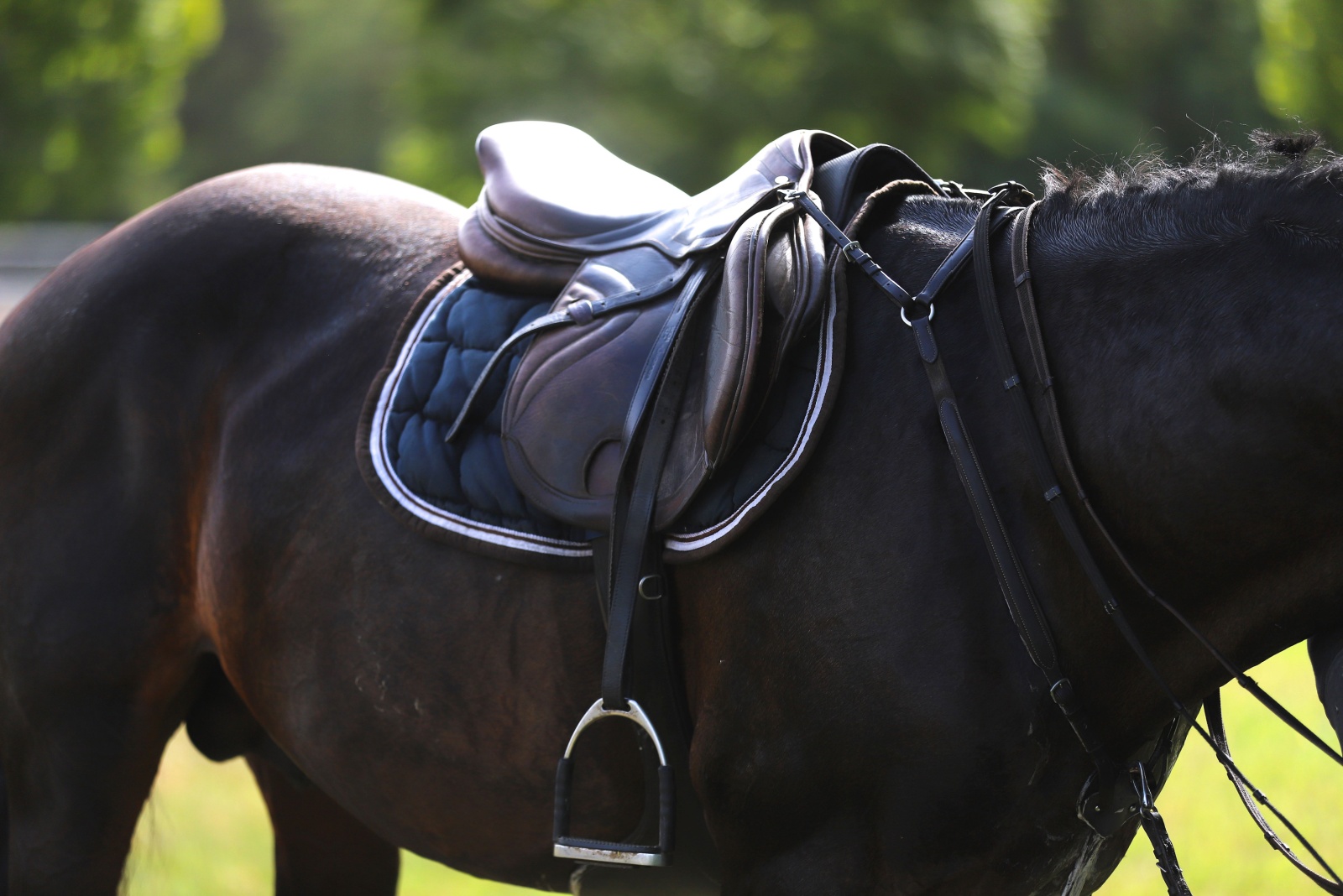
Tack is your horse’s wardrobe! And trust me, it’s more important than you might think. A collection of gear includes saddles, bridles, reins, stirrups, and more, where each piece ensures your ride is both safe and comfortable.
A well-fitted saddle, for instance, doesn’t just sit on your horse’s back. It’s the key to distributing your weight evenly! It keeps your horse free from pain and irritation.
Bridles and reins, on the other hand, act as your primary means of communication. Subtle signals guide your horse’s every movement through them! Think of tack as the language that bridges the gap between horse and rider.
Maintaining your tack is super important, and cleaning it regularly ensures it lasts longer and prevents wear and tear that could compromise safety. In other words, when you take care of your tack, it takes care of you and your horse.
5. Longeing
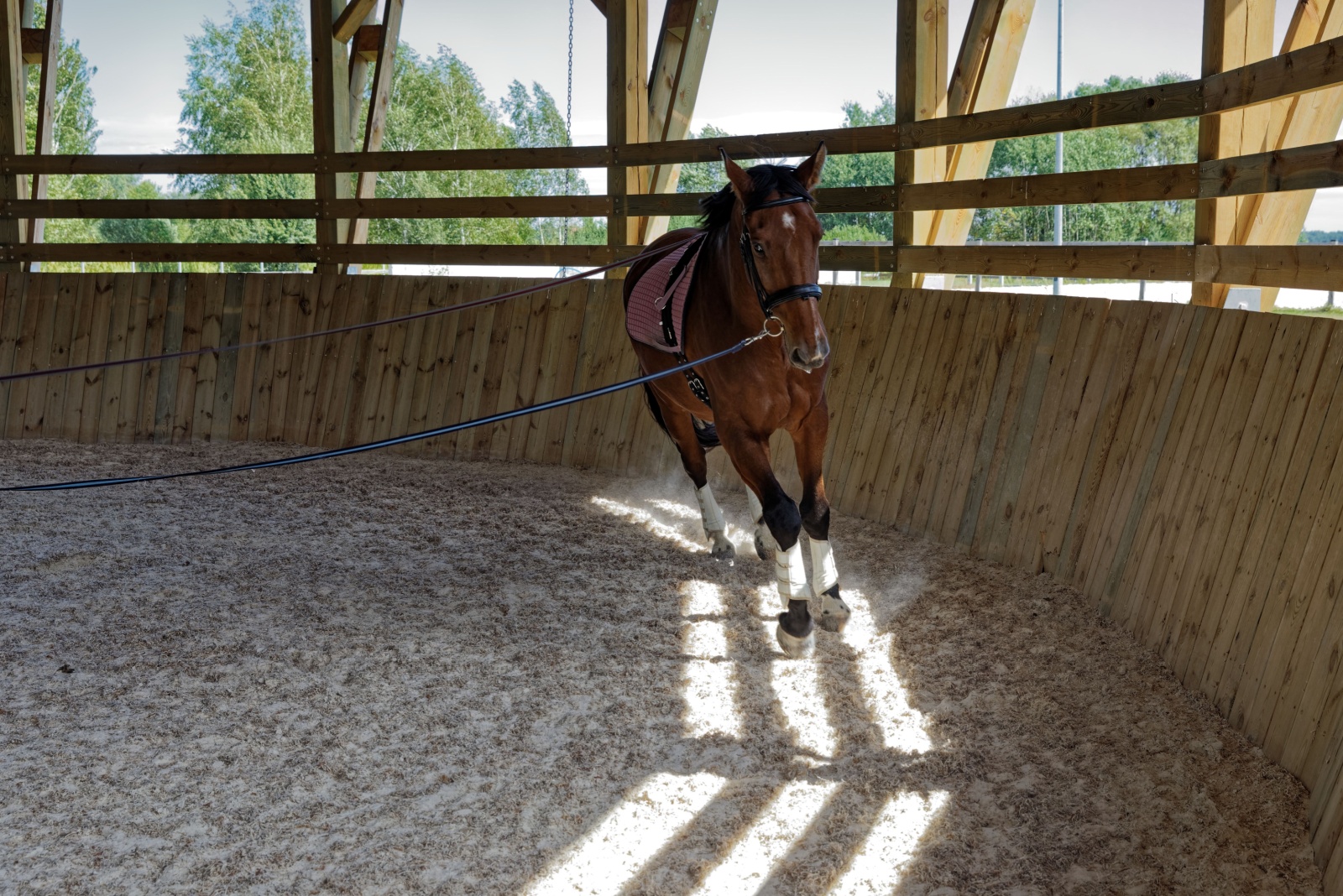
Longeing is a structured, low-impact workout that builds balance, fitness, and mental focus. Think of it like yoga, but for your horse!
It consists of your horse trotting in a large, controlled circle around you, while tethered to a long line. This technique is a chance to develop your horse’s responsiveness to voice commands and body language.
Perfect for young horses, longeing helps them learn obedience while gaining strength and flexibility. It’s also invaluable for older horses that need gentle conditioning or rehabilitation, too. Don’t forget to give love to them, too!
Bonus? It’s an incredible bonding activity! You’ll understand your horse’s movement and personality way better, all while creating a space for trust and connection to grow.
6. Canter
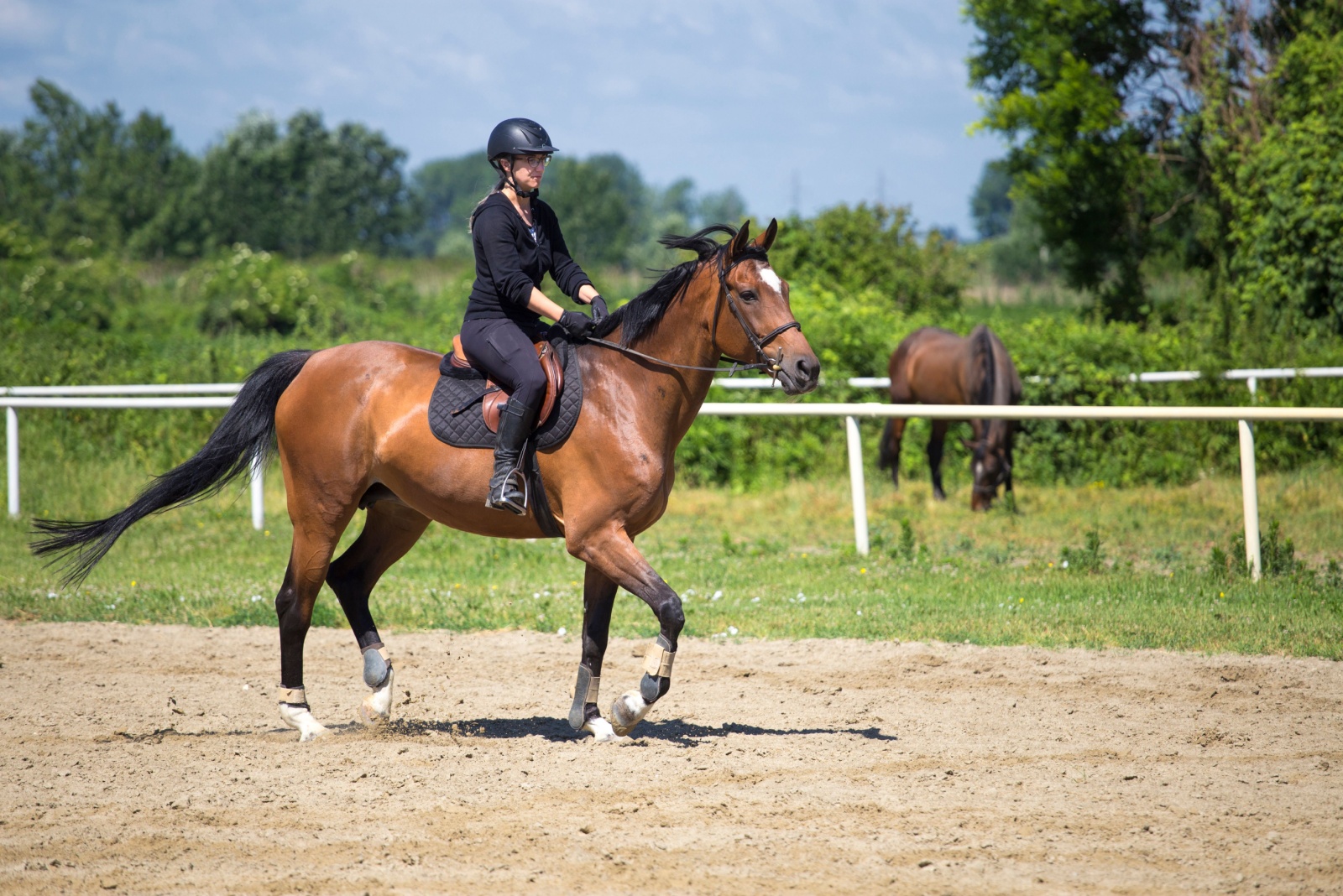
The canter is a three-beat gait which is faster than a trot but slower than a gallop. The smooth, flowing rhythm of a canter feels almost like gliding! Beautiful! Riders describe the canter as the perfect blend of grace and controlled pace.
You can honestly look at it like a form of dance between horse and rider where harmony and communication are most important.
Mastering the canter is a key milestone, by the way! The next steps are advanced skills like jumping, dressage, and cross-country riding!
Beyond all these horse nerdy and technical aspects, the canter is perfect for enjoying a relaxing ride in the countryside, and showcasing your skills in the arena!
7. Colt
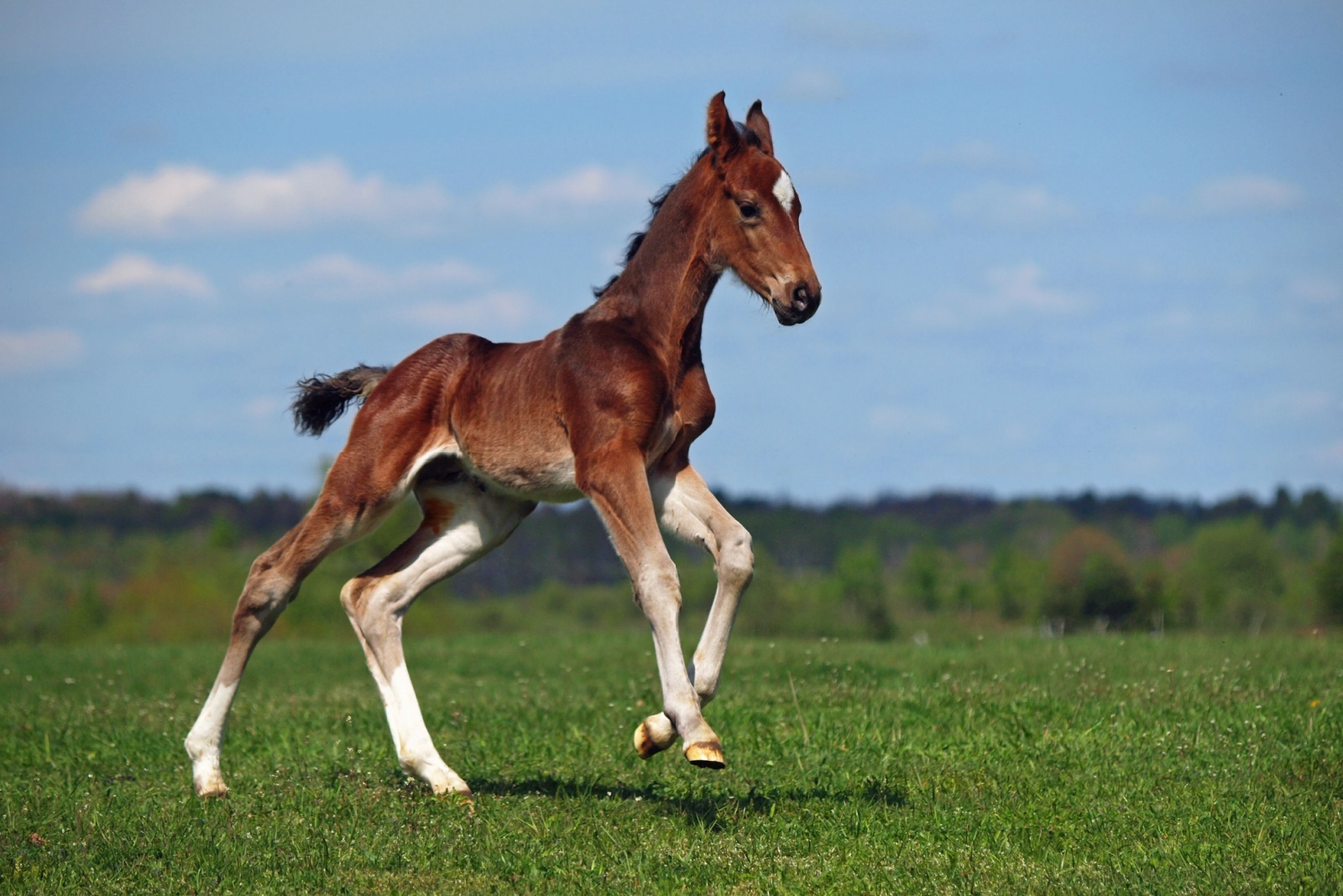
Colts are the mischievous kinds of horses! By definition, they’re young male horses under four years old, brimming with energy and unbridled curiosity. These lively youngsters constantly test boundaries and are quite the burst!
Training a colt is an adventure in itself, as their spirited nature can make even the simplest tasks a challenge. But this is also what makes working with colts so rewarding! Every step of progress feels like a victory.
With patience, consistency, and a little creativity, colts can be guided into becoming confident, well-rounded horses that are ready to tackle all kinds of work – racing, ranch work, or simply being a loyal companion.
8. Filly
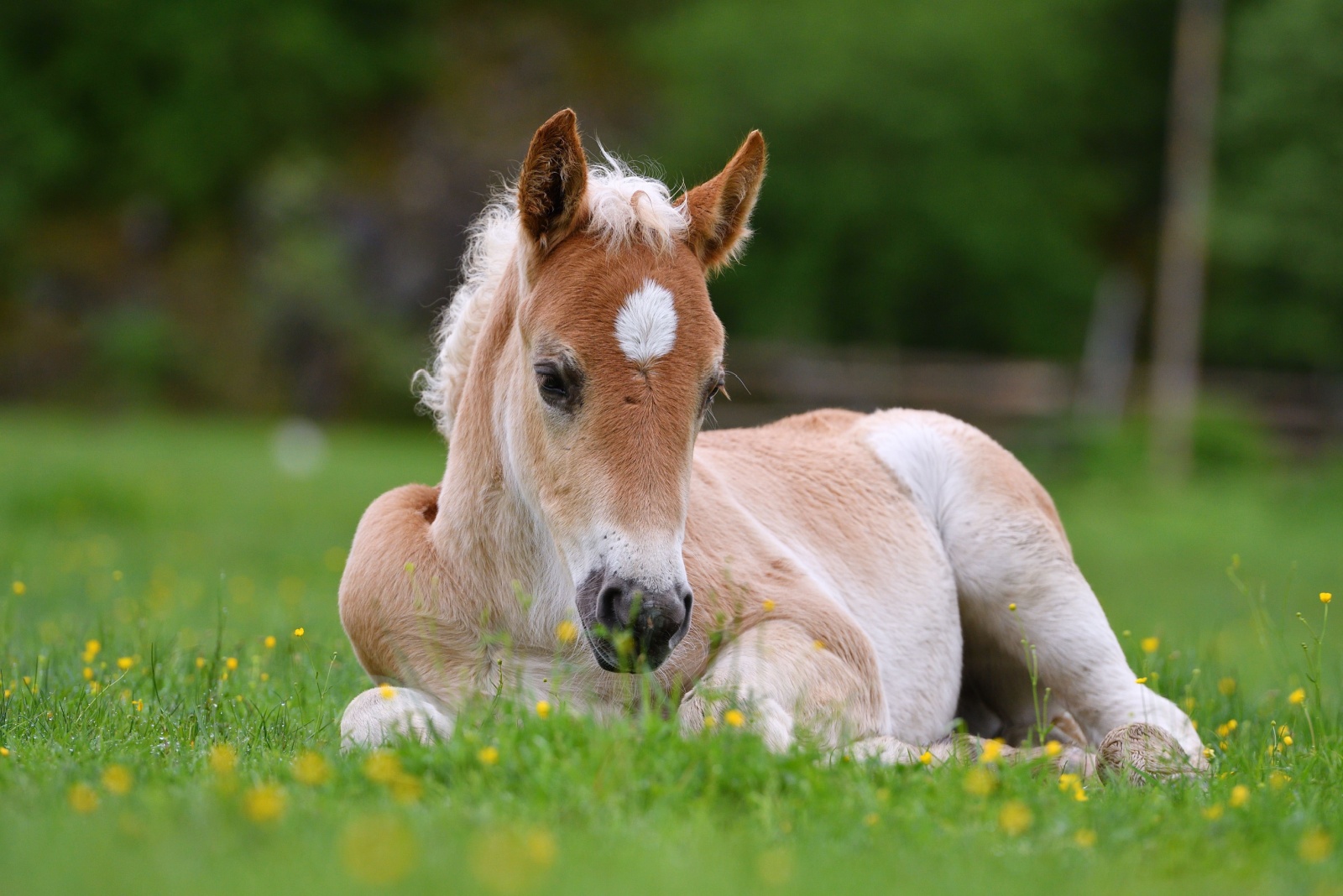
If colts are the playful little brothers, fillies are the spirited little sisters! These **young female horses, under four years old **are full of potential and a personality that’s impossible to ignore.
Working with a filly means tapping into her natural enthusiasm and teaching her how to focus that energy into skills that will carry her confidently into adulthood. Early training is the most important aspect, by the way.
The reason? You’re helping her build trust, discipline, and a sense of partnership early on. Raising a filly is one of the most rewarding experiences as you witness not just her growth, but the unique bond that forms between you along the way.
9. Farrier
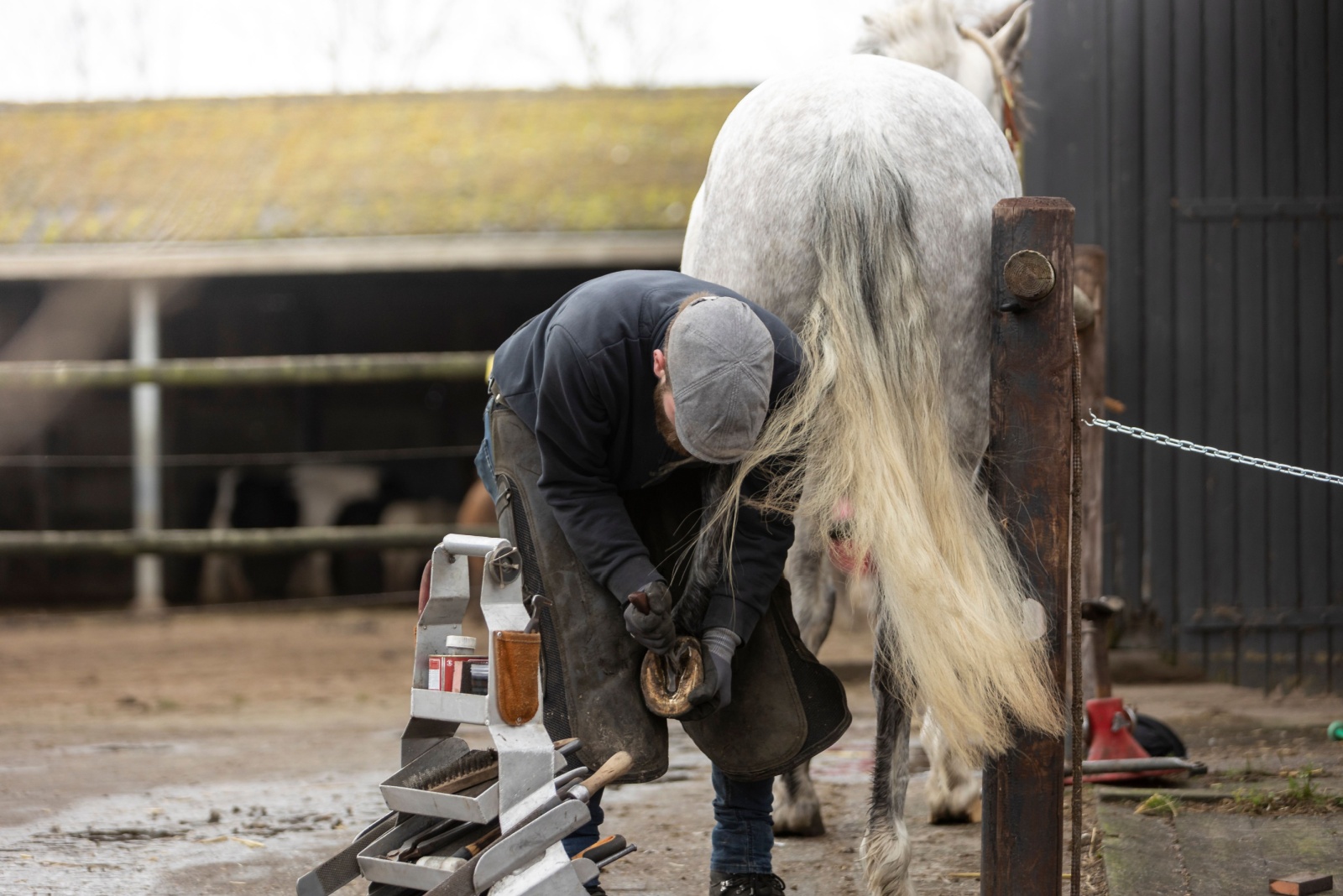
A good farrier is a horse’s personal pedicurist, orthopedic specialist, and craftsman all rolled into one. Their expertise lies in trimming and shoeing hooves which we all know are important for a horse’s comfort and overall health.
A horse’s hooves are their foundation. And if the foundation isn’t maintained? Well, everything else can fall apart! Regular visits from a skilled farrier help prevent issues like cracks or imbalances that can lead to long-term problems.
Farriers also create custom shoes to address specific horsey needs, whether it’s enhancing traction for a racehorse, supporting an injured hoof, or correcting conformation issues.
This is why it’s a must to build a good relationship with a knowledgeable farrier! Their work is there to make sure your horse friend stays happy and healthy. Truly, farriers are the unsung heroes who keep horses running strong!
10. Withers
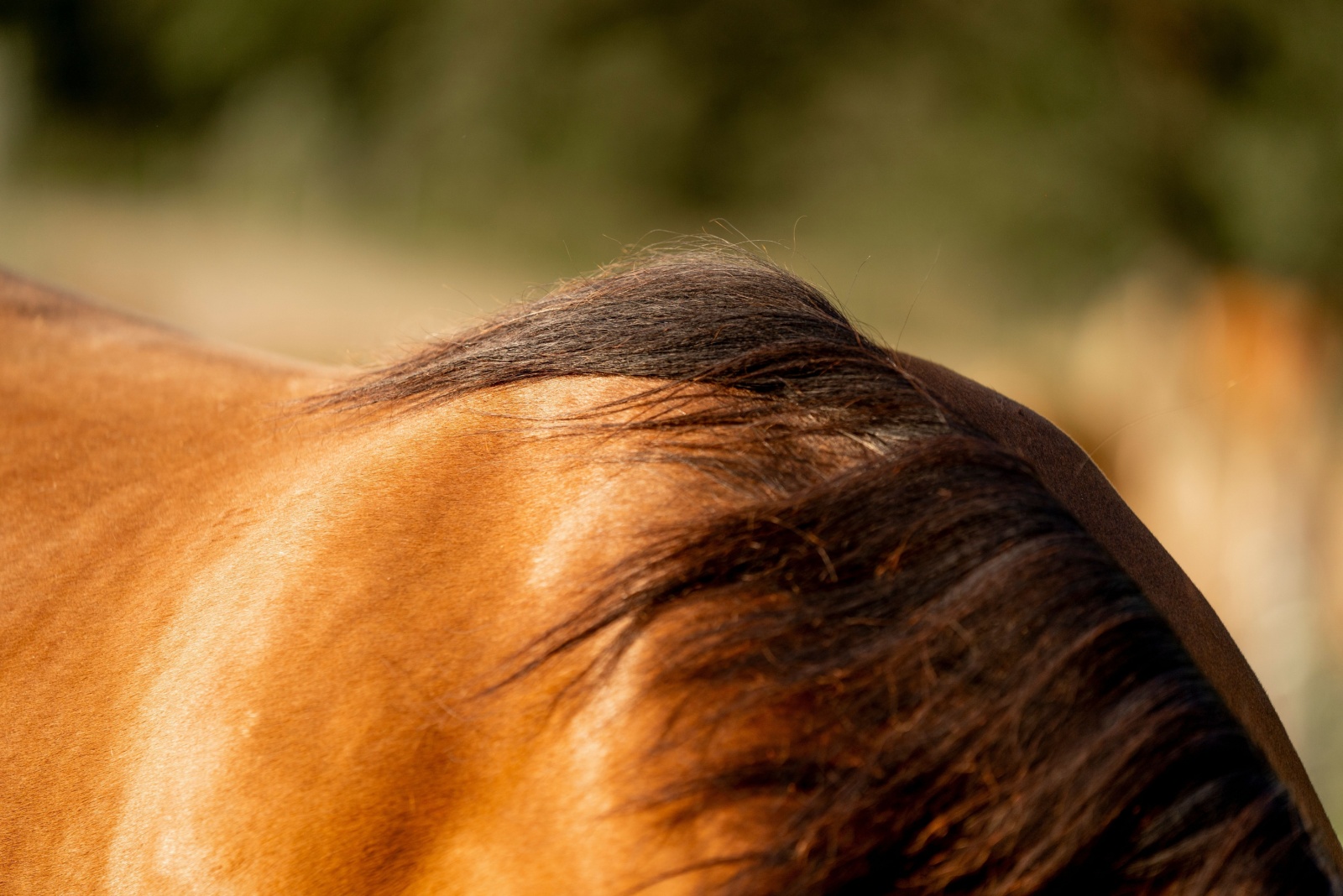
Horse withers are very important parts of a horse’s anatomy, which don’t get as much attention as they should! You can find them perched at the highest point of the horse’s back, just above the shoulders.
Well, for starters, they’re the standard point used for measuring a horse’s height, which is often expressed in hands. If you’re thinking, “Why care about the height?” Well, height influences a horse’s performance in certain acrobatics!
But the withers are also important for saddle fits! A properly fitted saddle rests comfortably on the withers without pinching or putting undue pressure on this sensitive area.
Imagine how you’d feel if someone put heavy pressure on the back of your neck. You’d probably feel discomfort, your performance would reduce, or even injuries could happen!
Understanding the anatomy and function of the withers (or any other horse parts) help your horse stay comfortable and remains free from preventable issues.
11. Green
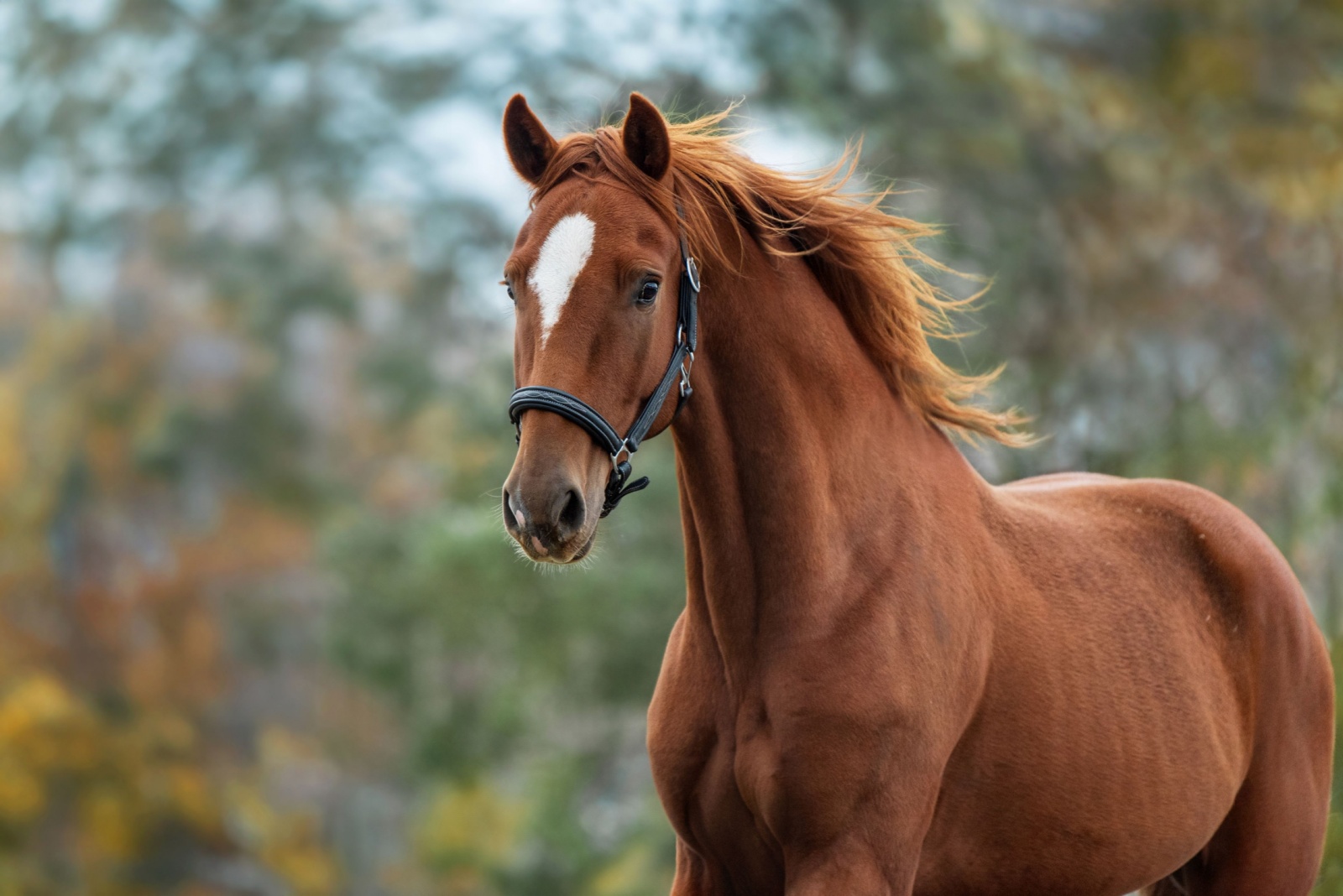
In the horse world, “green” is shorthand for being new; a fresh start, whether it applies to a horse or a rider. A green horse is like an eager student who’s still figuring out the basics, needing plenty of patience and consistency!
Give it to them! It takes time to learn things, after all. Their inexperience can make them unpredictable at times, but with gentle guidance, they’re a blank slate filled with potential! So use it, draw on that blank slate and get impressed!
Similarly, green riders are just beginning their equestrian adventure. They’re learning how to communicate effectively with their horses, building not just skills but confidence with every ride.
The beauty of being green lies in the journey! It’s where curiosity meets opportunity, and both horse and rider learn from each other. These challenging early stages they build a foundation for a partnership that can grow over time.
12. Paddock
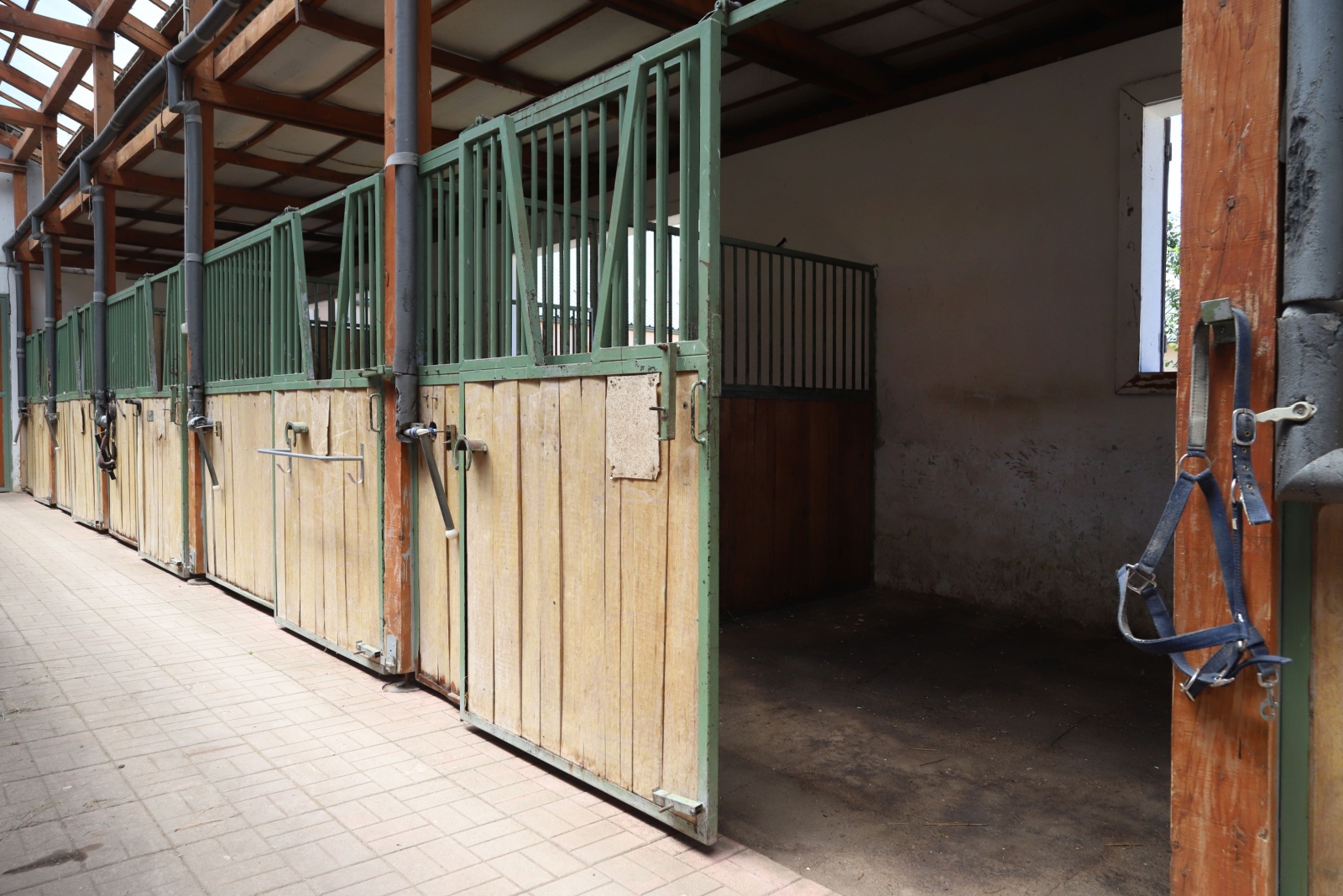
A paddock is basically a space where your horse can truly unwind, graze to their heart’s content, and stretch their legs in a safe and secure environment. In other words, an enclosure that’s mentally and physically stimulating!
This type of enclosure is as much of a practical necessity as it is a sanctuary where horses can experience the freedom to move and relax while staying protected from potential hazards.
A well-maintained paddock is a cornerstone of caring for your horse properly. It’s where they can truly be themselves – carefree, content, and connected to the environment around them.

